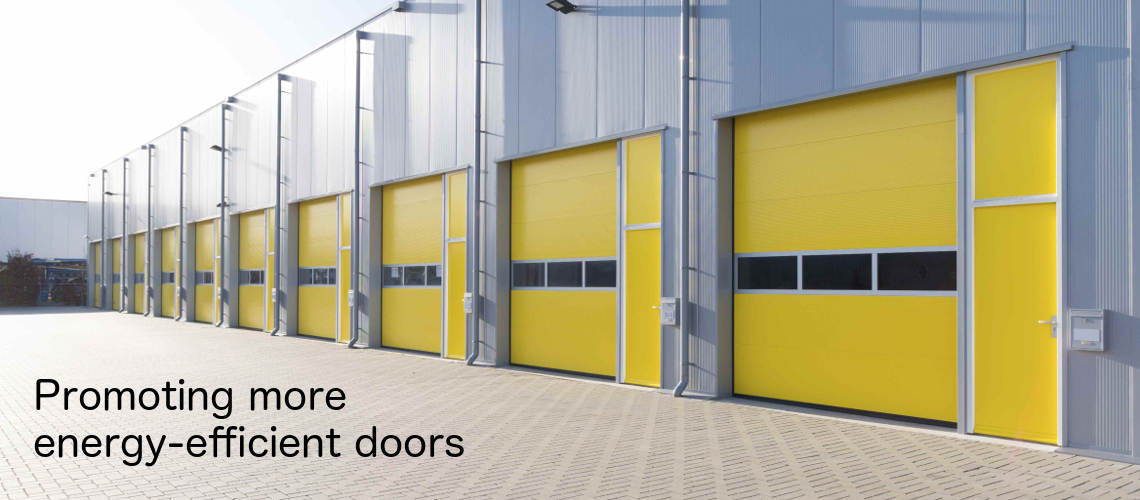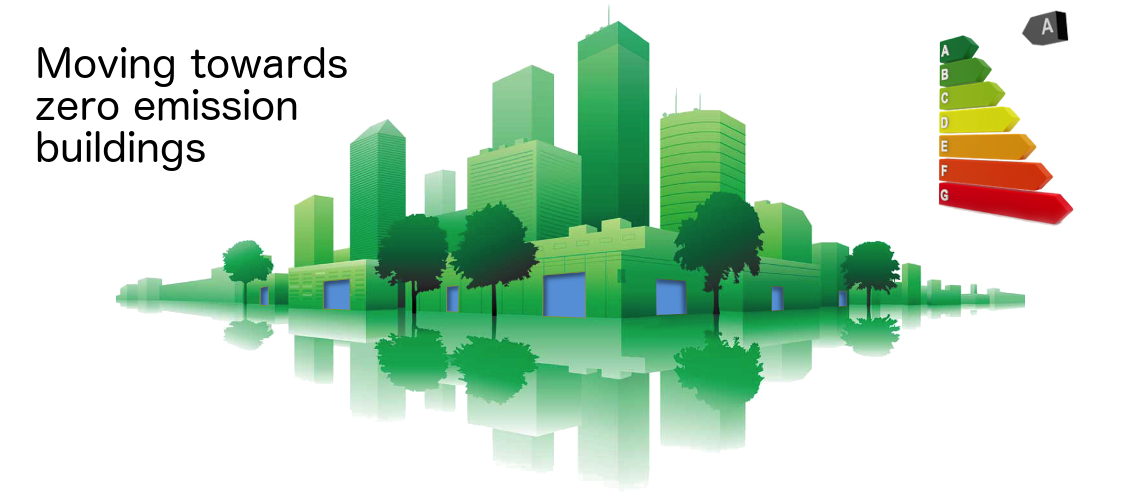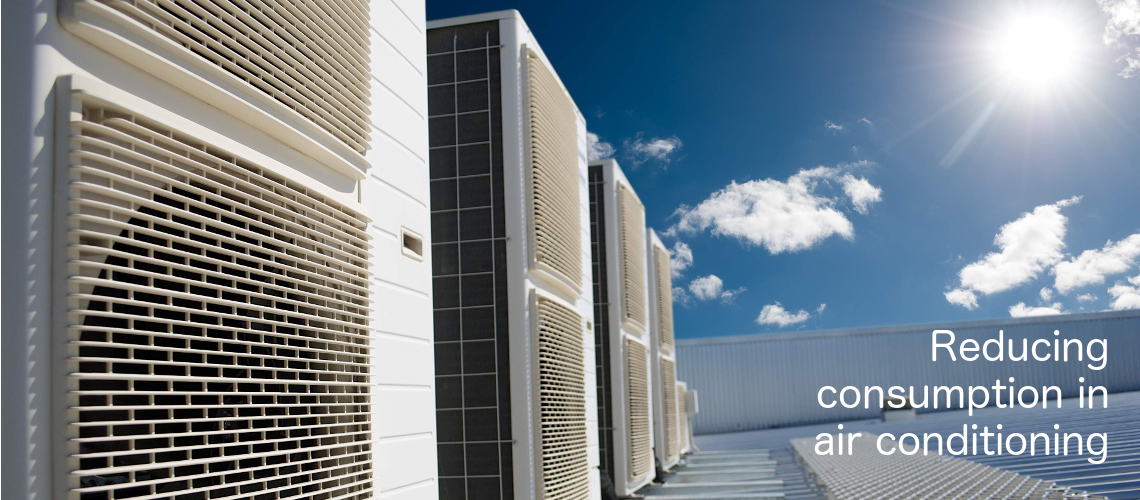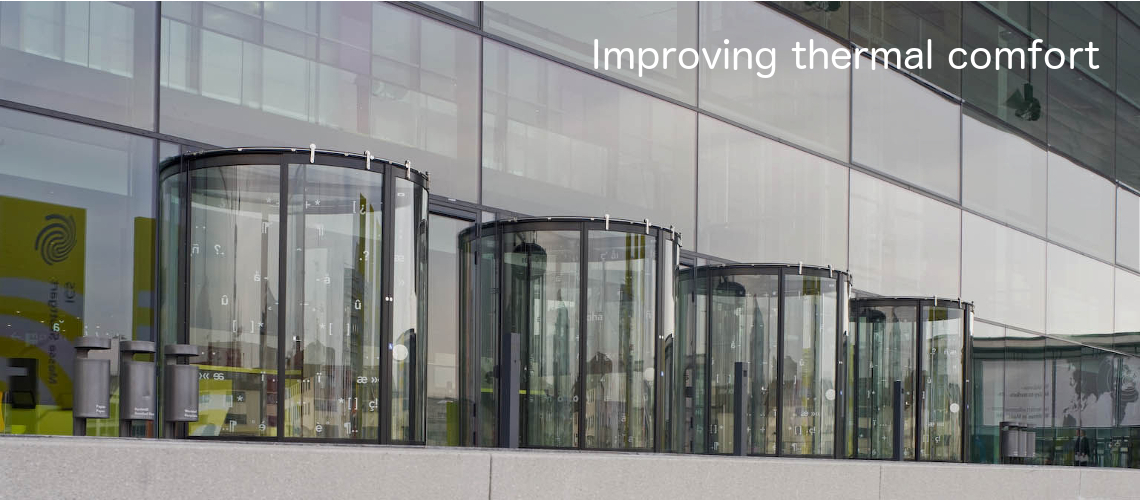Why an energy label on doors?
Access doors are a key component in the energy consumption of buildings.
A thermally optimised, well insulated door with an intelligent automation system makes a fundamental contribution to the energy efficiency of a building as a whole, translating into tangible energy savings throughout its life cycle. In addition, it provides its users with enhanced thermal comfort.
Energy labelling allows you to compare different automatic door options from the energy point of view, allowing:
The European Door and Shutter Federation, e.V. (E.D.S.F.), in its role as an organization which brings together the major national associations of door manufacturers in the continent, provides the entire sector with an energy labelling system which is applicable throughout Europe, in accordance with the following Directives:
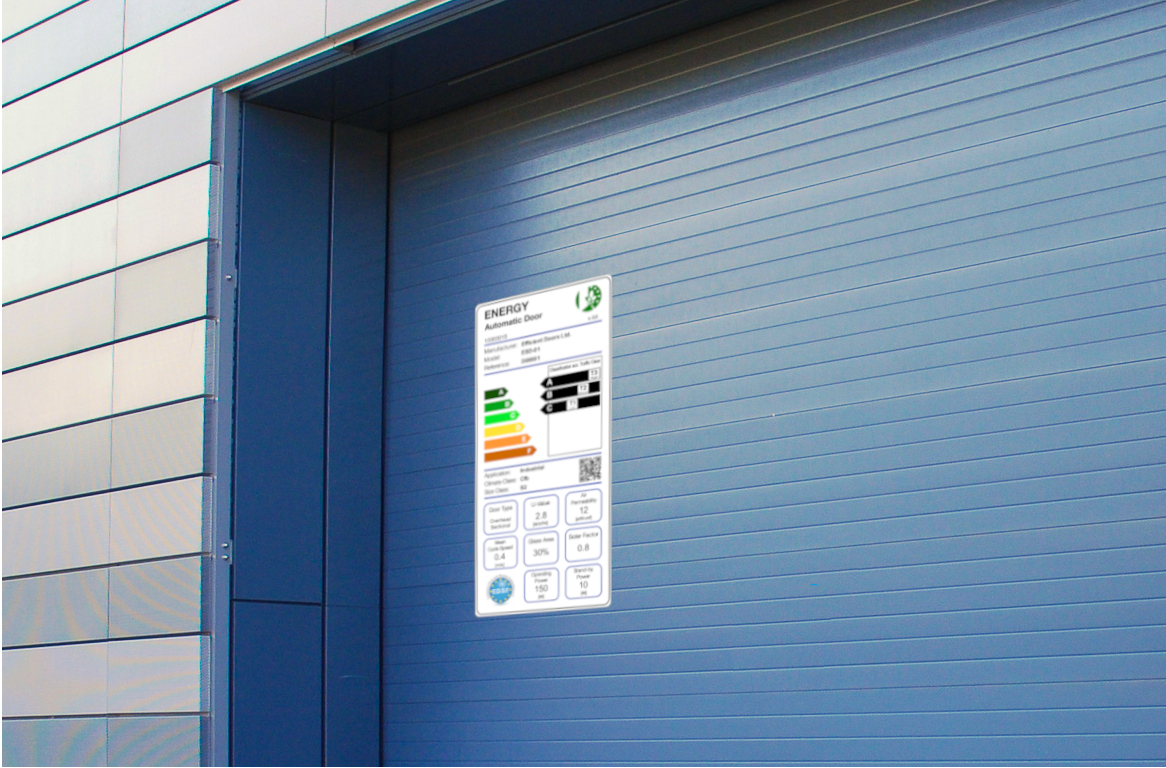
Become a User
Key facts

Buildings constitute a fundamental component of global energy demand and CO2 emissions.
Climate change is an unquestionable reality and the reduction of CO2 and greenhouse gases emissions at the planetary level has become a key objective for the sustainability of human activity on the planet. Numerous activities, from energy generation to industrial activity and transport are key contributors to these emissions. Among them, buildings: the energy consumption of buildings already represents more than 40% of CO2 and greenhouse gas emissions in Europe.
Doors have a much higher impact on the energy consumption of a building that is widely recognised.
The use of a building is responsible for more than 75% of its CO2 emissions over the course of its life cycle. Energy consumption, as a principal source of such emissions, is mainly associated with the consumption of air-conditioning and heating systems. The latter is determined by losses through the building's elevations and openings, represented in large part by doors. The contribution from doors is usually evaluated in an analogous manner to windows but their behaviour is very different because, unlike the latter, doors are continually being opened and closed.
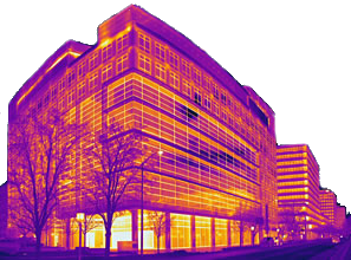
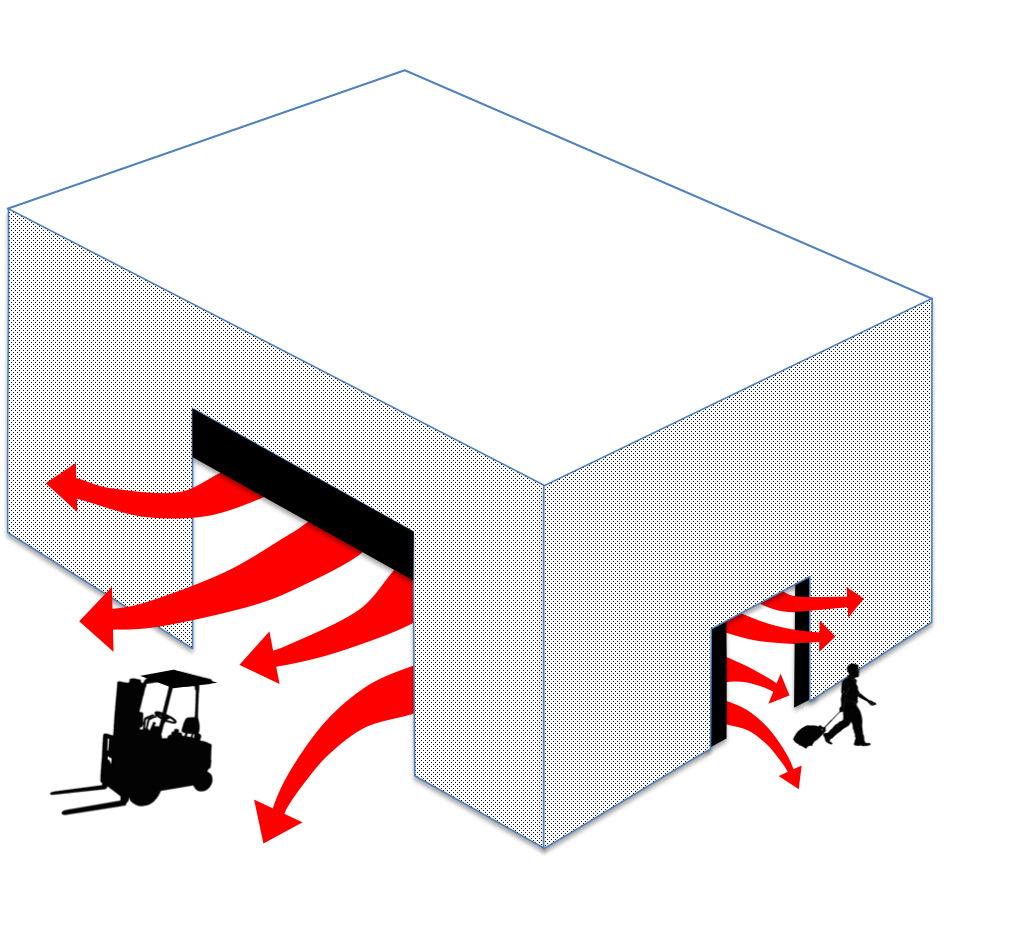
The majority of the energy loss through doors usually occurs when the door is open, not when it is closed.
We cannot, therefore, assess their contribution as if they were windows which are only opened occasionally. Energy labels set this fact out clearly, and indicate the main parameters which influence the door's energy performance.
Among them, the infiltration of air that occurs when the door is open can result in losses higher by several orders of magnitude than those which occur through the thermal insulation when the door is closed.
Accordingly, its contribution has to be assessed on its own particular merits, beyond its effect on the building's overall ventilation volume.
Here we explain the critical factors in more detail.

